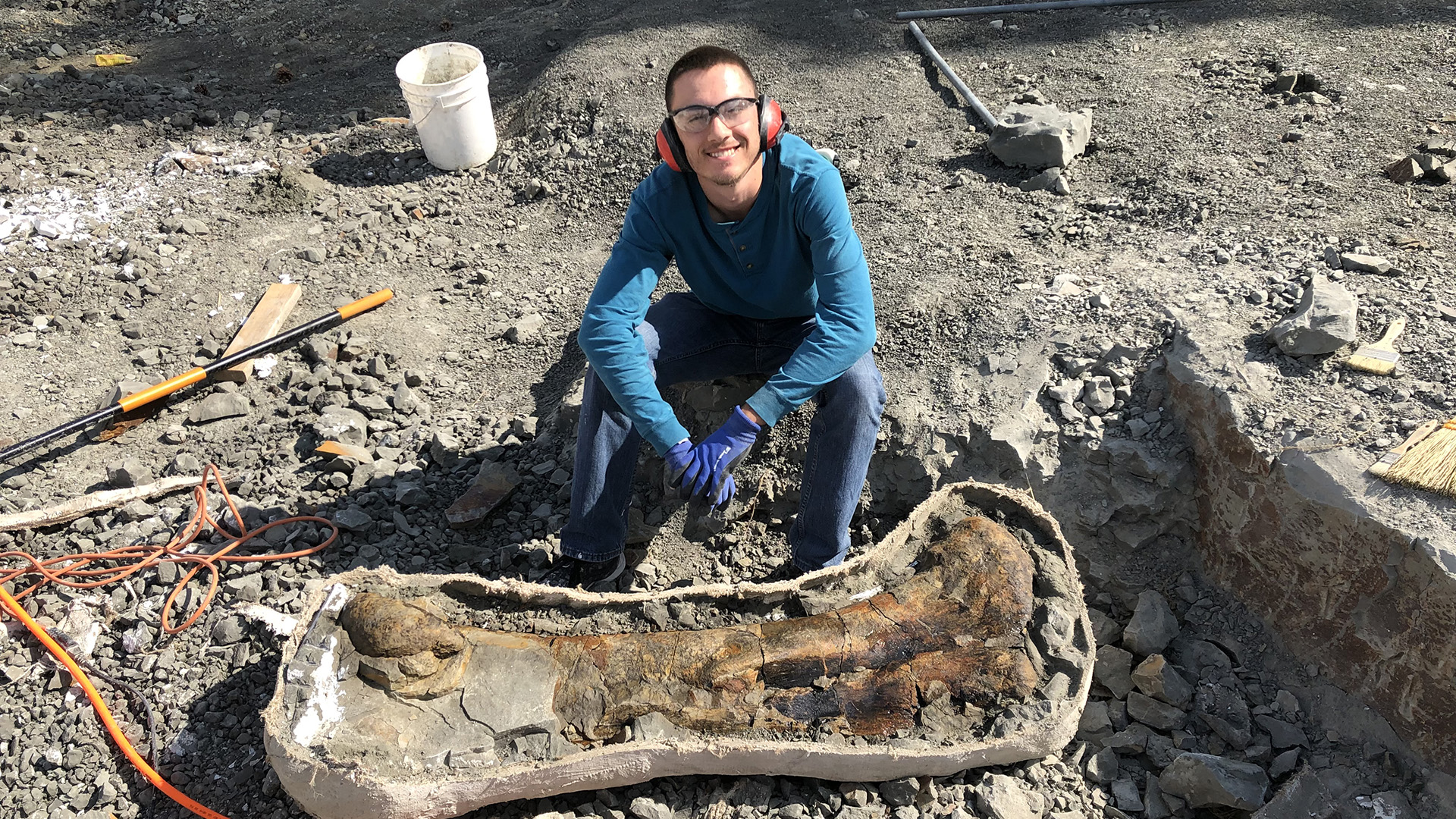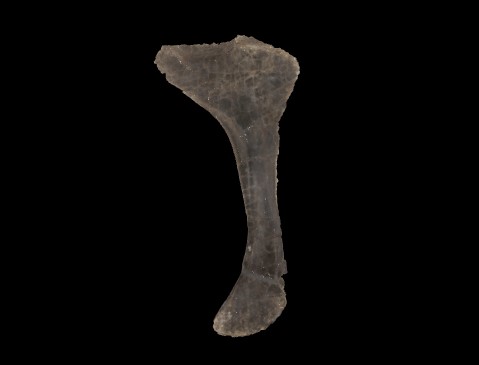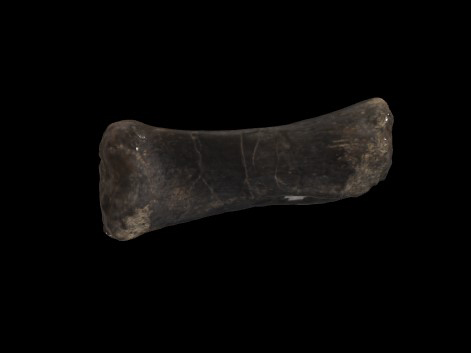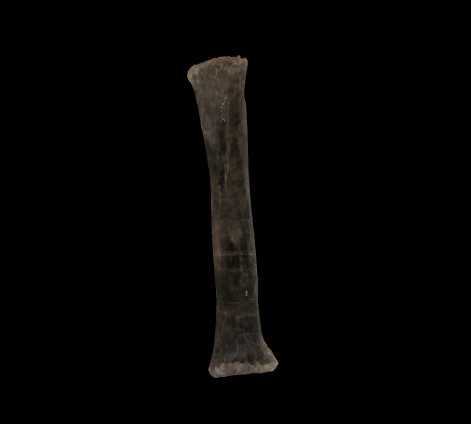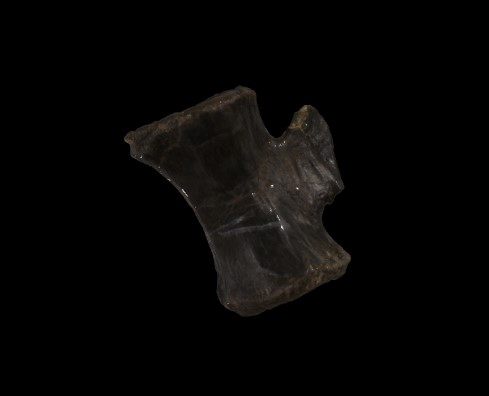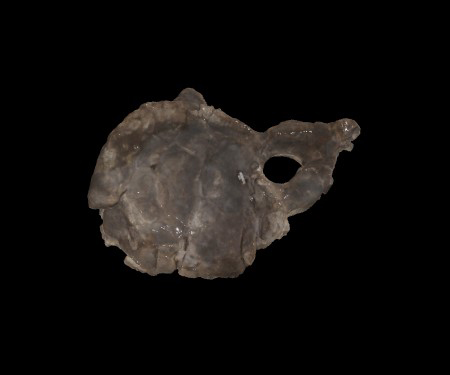Research on one of the best dinosaur graveyards in the world—the Upper Jurassic Morrison Formation of the western United States
The Upper Jurassic Morrison Formation (150-145 million years old) extends from northern Montana to Arizona and New Mexico, preserving some of the best windows into this time period anywhere on Earth. Dinosaurs from these rocks are among the most recognizable and memorable ever discovered, filling fossil halls around the country and around the world, and include large carnivorous theropods like Allosaurus and Ceratosaurus, long-necked giant sauropods like Apatosaurus, Diplodocus, and Camarasaurus, and plated dinosaurs like Stegosaurus. Colorado sits among the best places to search for these Jurassic giants, with exposures of the Morrison Formation across the state, many hosting localities that have produced dinosaurs for more than a century.
In collaboration with many local scientists and collectors, the Denver Museum of Nature & Science paleontology teams have continued to unearth amazing new dinosaur skeletons from this important window into the evolution of western North America. This includes dinosaur discoveries from southeastern Colorado at Comanche National Grassland, northwestern Colorado outside of Dinosaur National Monument, central Colorado at the Garden Park Fossil Area near Cañon City, and as far afield as central Wyoming.




Field Work
